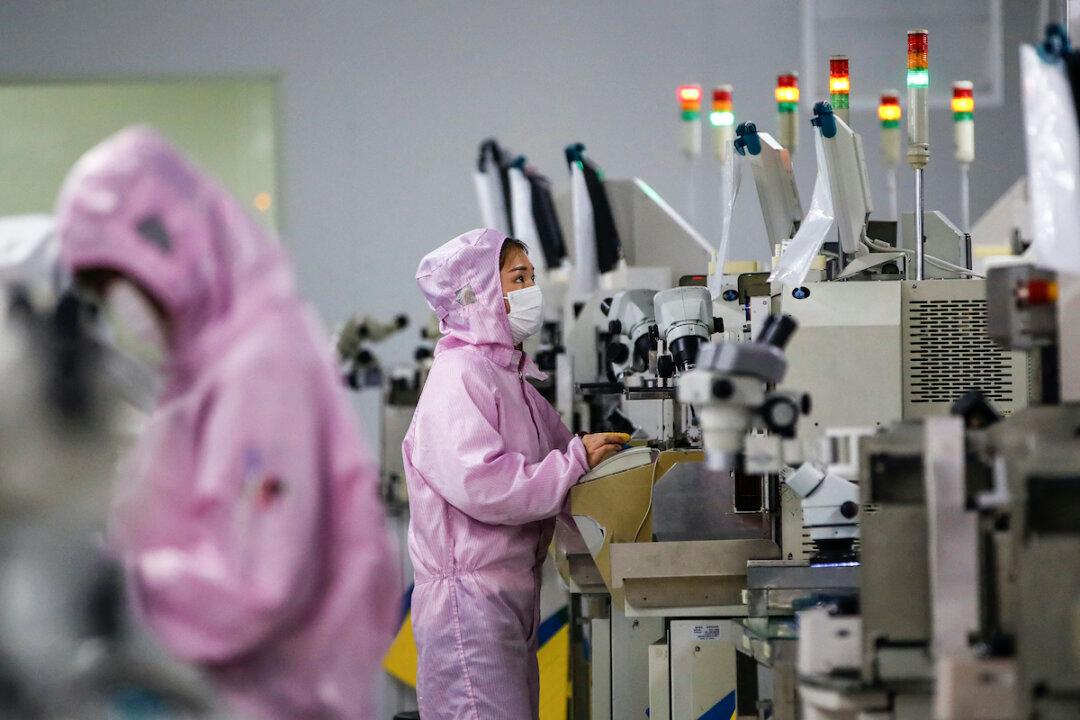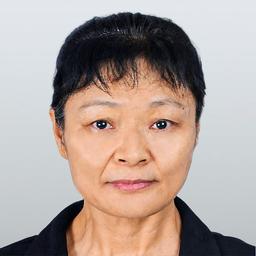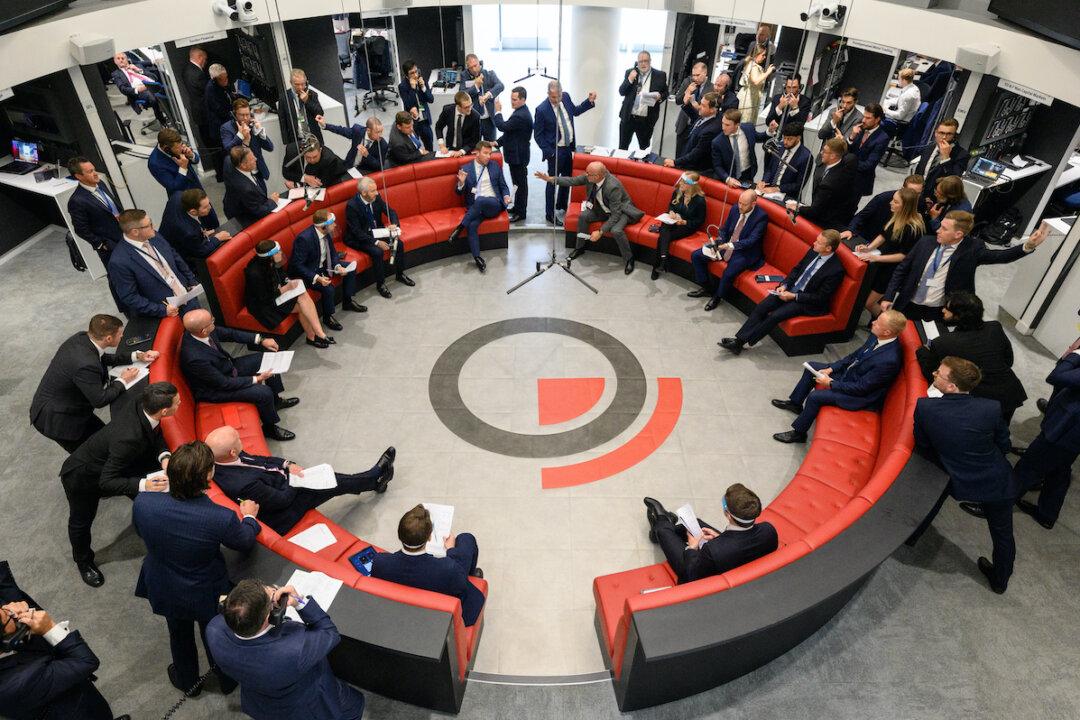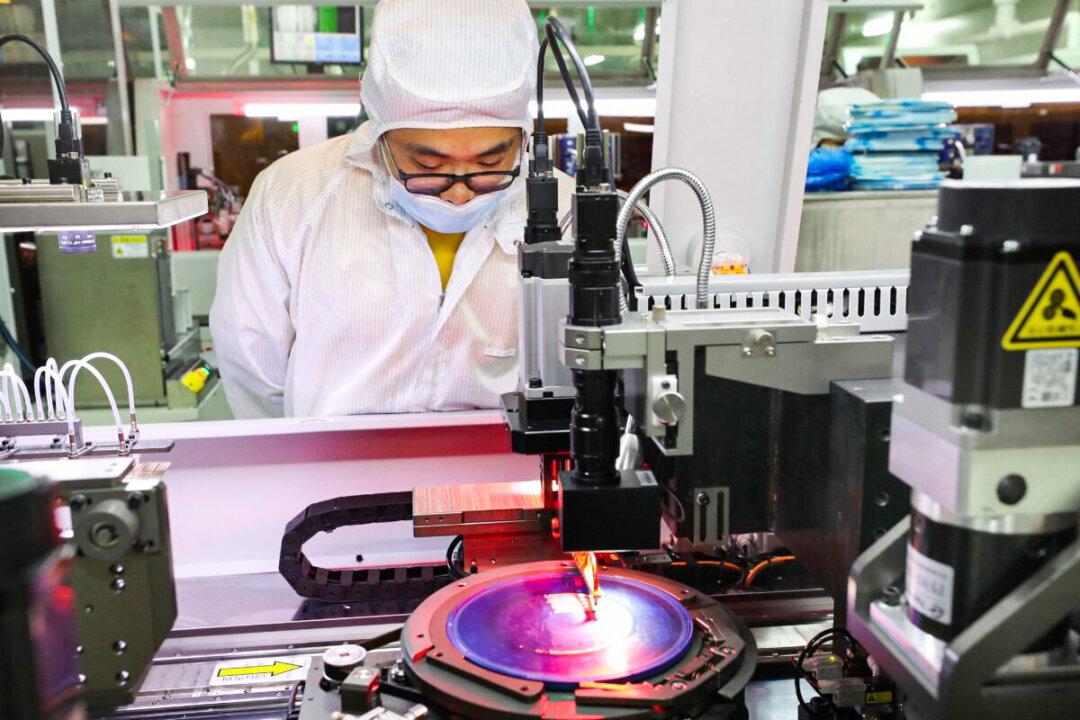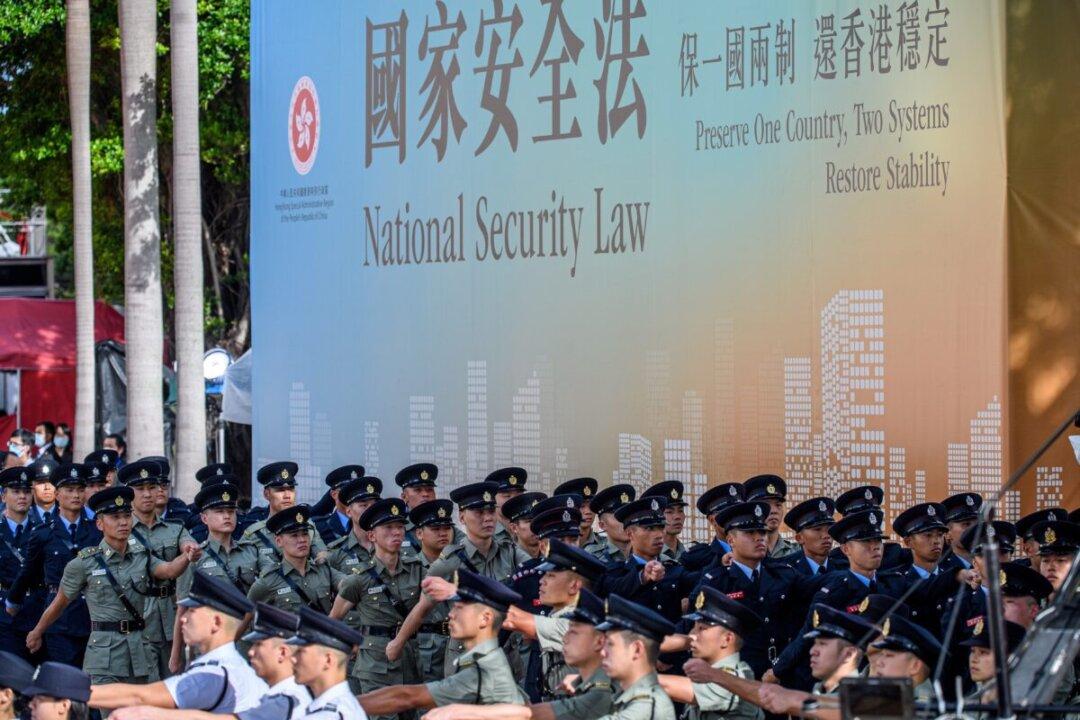The U.S.-China technology war has brought decoupling between the two big powers. Both sides are bracing for losses in the technological and industrial sectors. However, China’s losses are significantly greater than those of the United States, a report by a research institute of Peking University reveals.
A Jan. 31 report by Peking University’s International Institute for Strategic Studies (IISS), published on its official site, said that China still has a long way to go toward being a technologically powerful country, and the United States still leads the world in technology, both horizontally and vertically.
